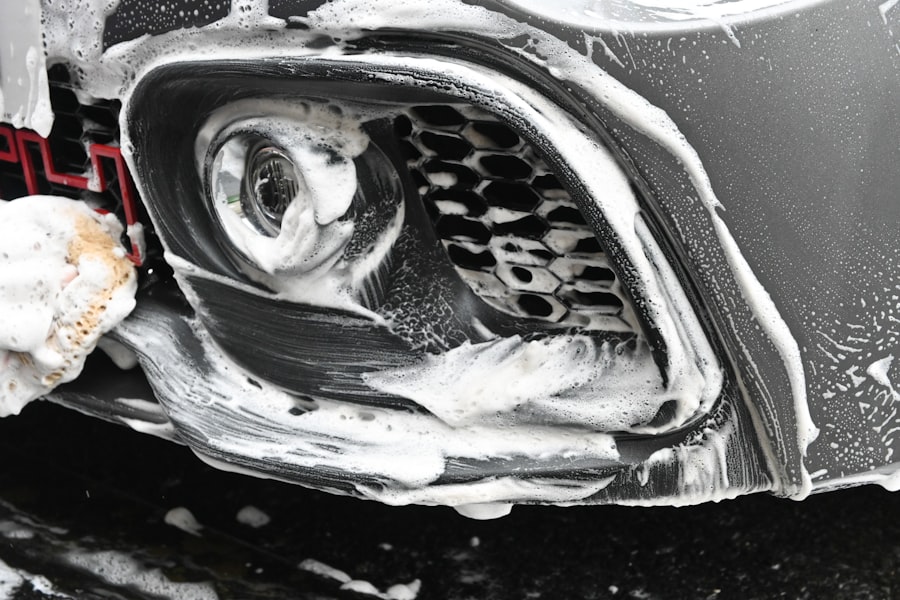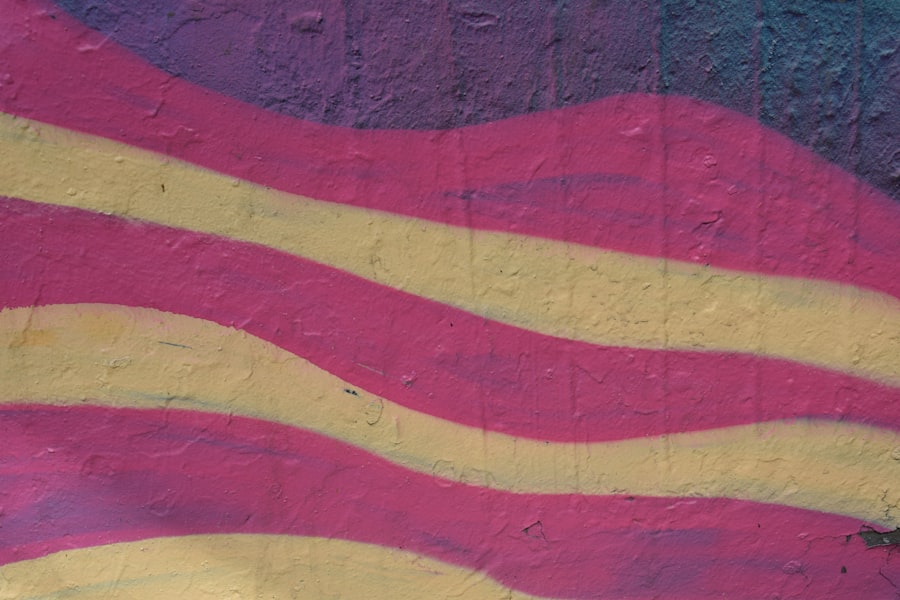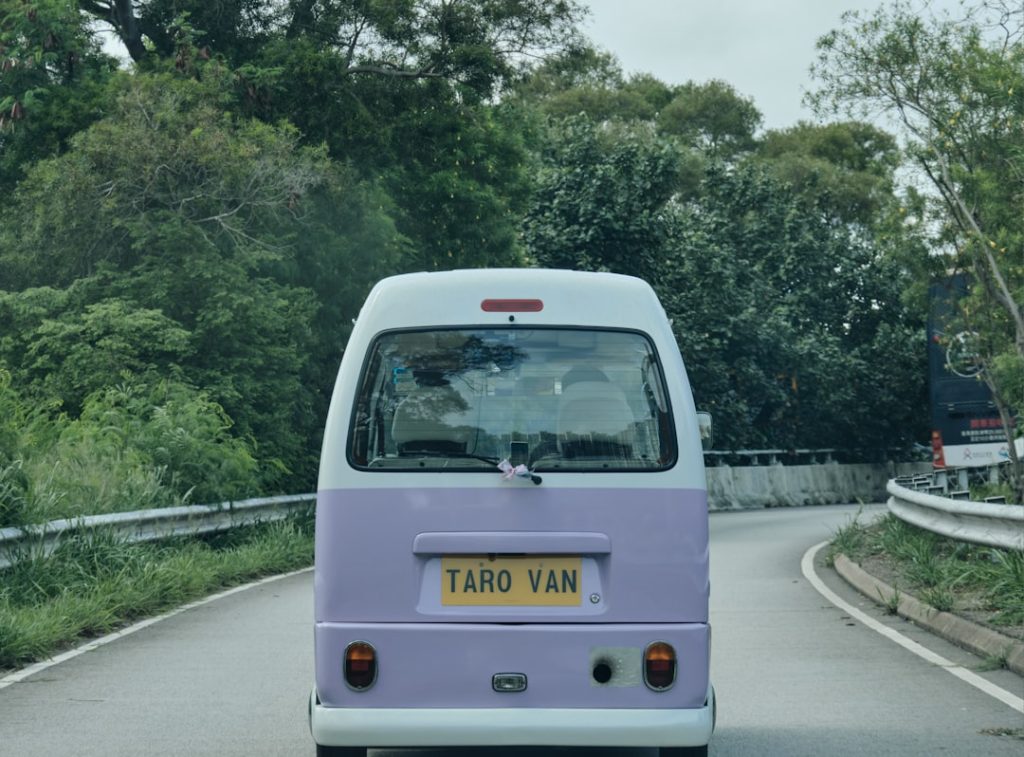Car wrap advertising is a dynamic and innovative marketing strategy that involves covering a vehicle with a large vinyl graphic or decal that promotes a brand, product, or service. This form of advertising transforms ordinary vehicles into mobile billboards, allowing businesses to reach a wider audience as the vehicle travels through various locations. The wraps can be full or partial, depending on the desired impact and budget, and they can feature vibrant colors, eye-catching designs, and compelling messages that capture the attention of potential customers.
The concept of car wrap advertising has gained traction in recent years due to its effectiveness and versatility. Unlike traditional forms of advertising, such as billboards or print ads, car wraps offer a unique advantage by being able to reach consumers in diverse environments. Whether stuck in traffic, parked in a busy shopping center, or cruising through neighborhoods, wrapped vehicles have the potential to engage with thousands of people daily.
This form of advertising not only enhances brand visibility but also creates a lasting impression on viewers, making it a valuable tool for businesses looking to increase their market presence.
Key Takeaways
- Car wrap advertising is a form of marketing where a vehicle is wrapped with a vinyl graphic featuring a brand’s message or logo.
- Benefits of car wrap advertising include increased brand visibility, cost-effectiveness, and the ability to reach a wide audience.
- Designing an effective car wrap involves creating a visually appealing and memorable design that effectively communicates the brand’s message.
- Choosing the right vehicles for car wrap advertising involves selecting vehicles with high visibility and frequent exposure to the target audience.
- Finding the right locations for maximum exposure involves identifying high-traffic areas and strategic parking locations for the wrapped vehicles.
Benefits of Car Wrap Advertising
One of the most significant benefits of car wrap advertising is its cost-effectiveness compared to other forms of advertising. Once the initial investment is made for the design and installation of the wrap, the ongoing costs are minimal. Unlike television or radio ads that require continuous payment for airtime, a car wrap can generate impressions for years with proper care.
This longevity makes it an attractive option for businesses seeking to maximize their marketing budgets while still achieving substantial reach. Additionally, car wraps offer a high return on investment (ROI). Studies have shown that vehicle wraps can generate thousands of impressions per day, depending on the traffic patterns and locations where the vehicle operates.
For instance, a study conducted by the Outdoor Advertising Association of America (OAAA) found that vehicle wraps can create between 30,000 to 70,000 daily impressions. This level of exposure can significantly enhance brand recognition and recall among consumers, leading to increased inquiries and sales over time. Furthermore, car wraps are particularly effective in urban areas where foot traffic and vehicular congestion are high, amplifying their impact.
Designing an Effective Car Wrap

Creating an effective car wrap requires careful consideration of several design elements to ensure that the message resonates with the target audience. First and foremost, the design should be visually striking and easily readable from a distance. Bold colors and high-contrast graphics can help capture attention quickly, while clear fonts and concise messaging ensure that viewers can understand the brand’s message at a glance.
For example, a food truck might use mouth-watering images of its signature dishes alongside its logo and contact information to entice potential customers. Moreover, incorporating branding elements such as logos and taglines is crucial for reinforcing brand identity. Consistency in branding across all marketing channels helps create a cohesive image that consumers can recognize.
Additionally, it’s essential to consider the vehicle’s shape and contours when designing the wrap. A well-designed wrap will complement the vehicle’s lines rather than obscure them, creating a seamless look that enhances the overall aesthetic appeal. Engaging professional designers who specialize in vehicle graphics can ensure that the final product is both eye-catching and effective.
Choosing the Right Vehicles for Car Wrap Advertising
| Vehicle Type | Cost | Visibility | Target Audience |
|---|---|---|---|
| Sedan | Low | Medium | General public |
| Truck | Medium | High | Local businesses |
| Van | High | High | Urban areas |
Selecting the appropriate vehicles for car wrap advertising is critical to maximizing the campaign’s effectiveness. Businesses must consider factors such as vehicle size, type, and usage patterns when making their choice. For instance, larger vehicles like vans or trucks provide more surface area for graphics and can be particularly effective for brands looking to make a bold statement.
A delivery truck wrapped with vibrant graphics can stand out on city streets and attract attention from pedestrians and other drivers alike. Additionally, businesses should evaluate how frequently their vehicles will be on the road and in high-traffic areas. A vehicle that is used for daily commuting or local deliveries will likely generate more impressions than one that is parked in a garage most of the time.
Furthermore, companies should consider their target demographic when selecting vehicles; for example, a landscaping business might choose pickup trucks that resonate with homeowners in suburban neighborhoods. By aligning vehicle choice with marketing goals and audience preferences, businesses can enhance the effectiveness of their car wrap advertising campaigns.
Finding the Right Locations for Maximum Exposure
The success of car wrap advertising is heavily influenced by the locations where the wrapped vehicles are driven or parked. Identifying high-traffic areas where potential customers congregate is essential for maximizing exposure. Busy urban centers, shopping districts, and event venues are prime locations where wrapped vehicles can capture attention from large audiences.
For instance, a vehicle wrapped for a local restaurant could benefit from being parked near popular dining spots or during community events where foot traffic is high. Moreover, businesses should consider strategic partnerships with local organizations or events to enhance visibility further. For example, sponsoring local sports teams or participating in community festivals can provide opportunities for wrapped vehicles to be prominently displayed in front of engaged audiences.
Additionally, utilizing social media to announce vehicle appearances at specific locations can drive traffic and create buzz around the brand. By strategically planning routes and parking locations, businesses can significantly increase the effectiveness of their car wrap advertising efforts.
Measuring the Success of Car Wrap Advertising

To determine the effectiveness of car wrap advertising campaigns, businesses must establish clear metrics for success. One common method is tracking brand awareness through surveys or customer feedback before and after implementing the campaign. This approach allows companies to gauge whether their wrapped vehicles have positively impacted consumer recognition and perception of their brand.
Another effective way to measure success is through lead generation tracking. Businesses can create unique promotional codes or phone numbers associated with their wrapped vehicles to monitor inquiries directly linked to the campaign. For example, if a plumbing company uses a specific phone number on its wrapped van, it can easily track how many calls come from that number compared to other marketing channels.
Additionally, analyzing website traffic during the campaign period can provide insights into whether increased visibility from car wraps translates into online engagement and conversions.
Tips for Maintaining and Caring for Car Wraps
Proper maintenance is crucial for preserving the appearance and longevity of car wraps. Regular cleaning is essential to prevent dirt and grime buildup that can dull colors and obscure graphics. Using mild soap and water along with soft cloths or sponges is recommended; harsh chemicals or abrasive materials should be avoided as they can damage the vinyl material.
Additionally, it’s advisable to wash wrapped vehicles by hand rather than using automatic car washes that may have brushes that could scratch or lift edges of the wrap. Protecting wrapped vehicles from extreme weather conditions also plays a significant role in maintaining their integrity. Parking in shaded areas or using protective covers during harsh weather can help prevent fading caused by prolonged sun exposure or damage from hail or heavy rain.
Furthermore, regular inspections for any signs of wear or damage are essential; addressing issues promptly can prevent further deterioration and ensure that the wrap continues to make a positive impression.
Cost and ROI of Car Wrap Advertising
The cost of car wrap advertising varies widely based on several factors including vehicle size, design complexity, and installation quality. On average, businesses can expect to pay anywhere from $2,500 to $5,000 for a full vehicle wrap; partial wraps typically cost less but still provide significant visibility benefits. While this initial investment may seem substantial, it’s important to consider the long-term ROI associated with this form of advertising.
Calculating ROI involves assessing both direct financial returns as well as intangible benefits such as increased brand awareness and customer engagement. For instance, if a business invests $3,000 in a car wrap and subsequently generates an additional $15,000 in sales attributed to increased visibility over six months, the ROI would be calculated as follows: (Revenue – Cost) / Cost = ($15,000 – $3,000) / $3,000 = 4 or 400%. This example illustrates how effective car wrap advertising can be when executed strategically; businesses that carefully analyze their costs against generated revenue will find this marketing method not only impactful but also financially rewarding over time.



